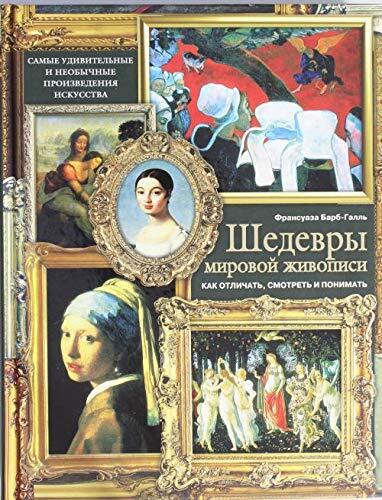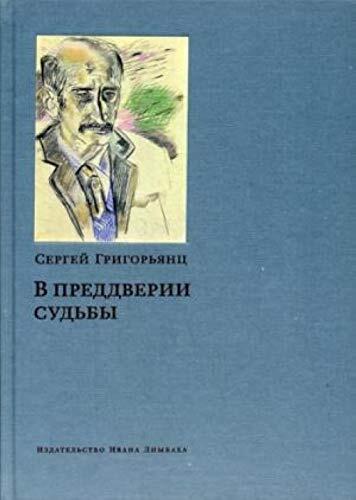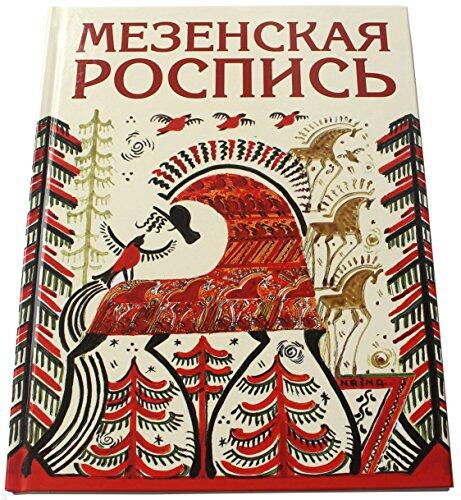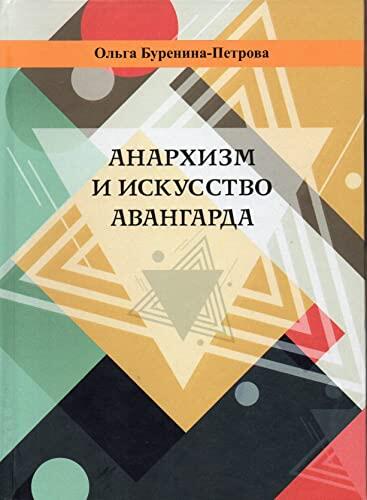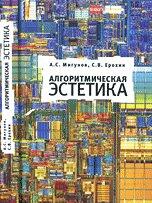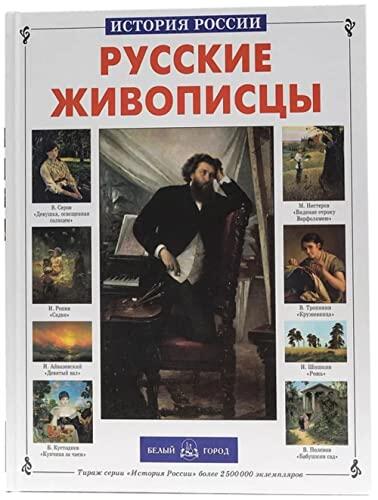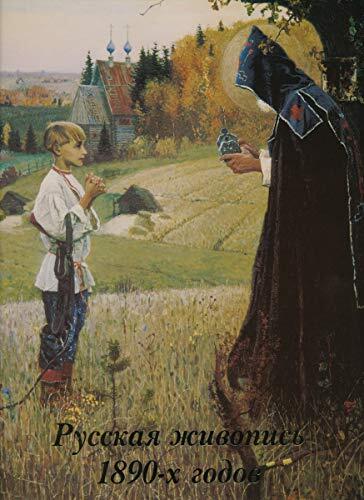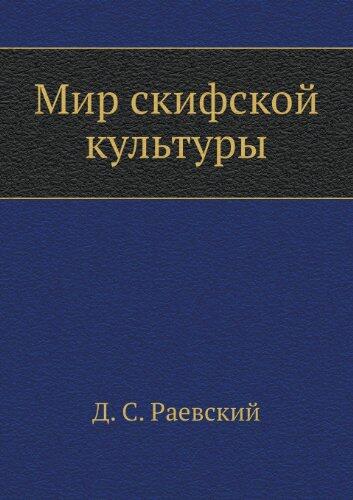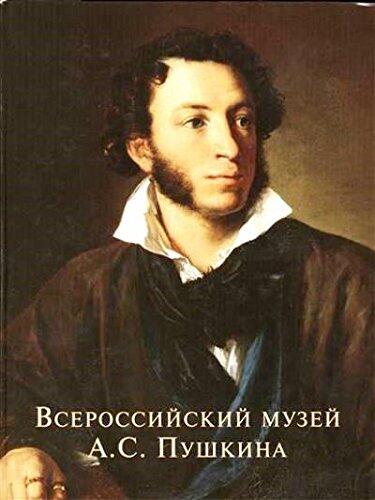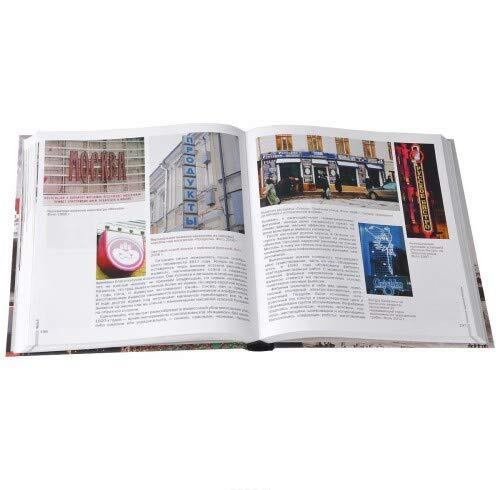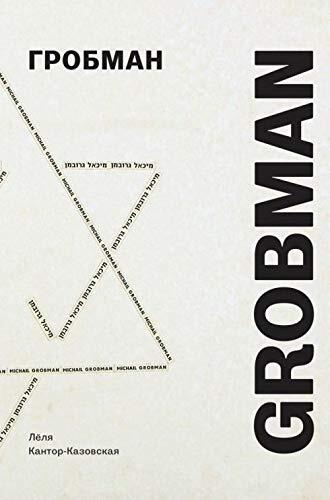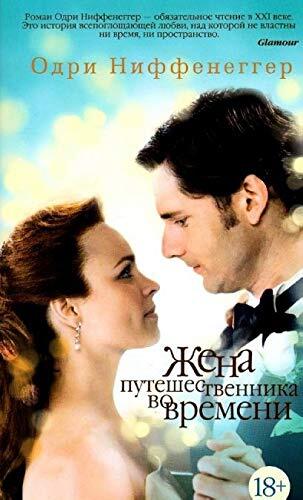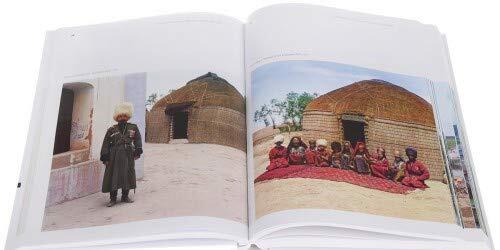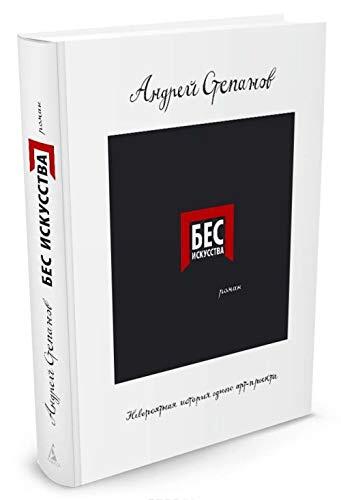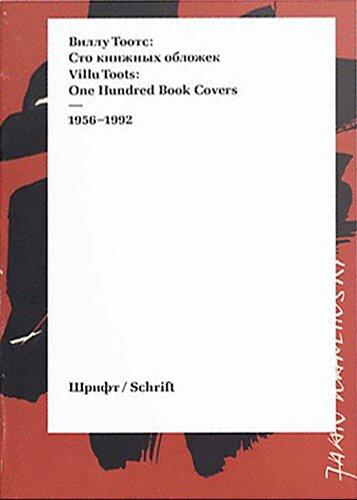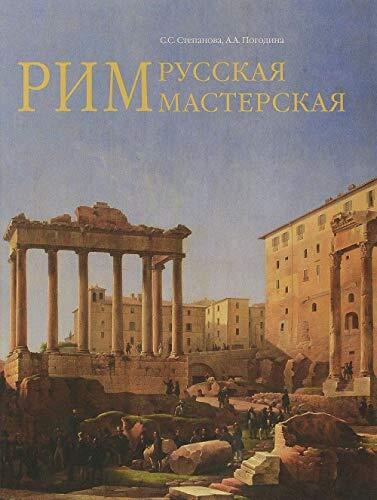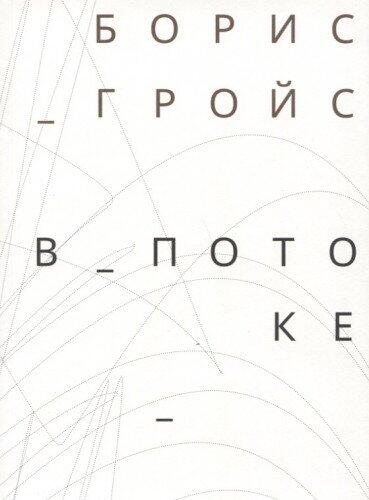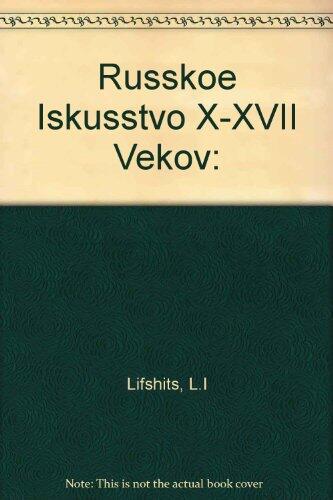
Russkoe Iskusstvo X-XVII Vekov:
by
L.I Lifshits
No ratings yet
Art & Photography
Format
Hardcover
Pages
184
Language
Russian
Published
Jan 1, 2000
Publisher
Trilistnik
ISBN-10
5894800293
ISBN-13
9785894800295
Description
Lev Lifshits presents a comprehensive exploration of Russian art spanning from the 10th to the 17th century. This scholarly work delves into the rich tapestry of artistic expression that emerged during a period of significant cultural and political transformation in Russia. Lifshits meticulously examines various art forms, providing insight into the influences that shaped the evolution of Russian aesthetics over these centuries.
The narrative unfolds with an analysis of the early religious iconography that characterized much of the initial artistic endeavors in Russia. Lifshits contextualizes these works within the broader religious and socio-political landscapes, illustrating how they served both spiritual and cultural functions. As the book progresses, the author highlights the interplay between Western influences and traditional Russian styles, showcasing the adaptive nature of Russian artists.
In addition to visual art, Lifshits offers a discussion on architecture and its integral role in the representation of power and identity during this era. The intricate designs of churches and public buildings reveal not only religious significance but also the assertion of authority by the ruling classes.
With bibliographical references and an index, Lifshits ensures that the text serves as a valuable resource for scholars and enthusiasts alike, encouraging further exploration into the depths of Russian artistic heritage. The book stands out as both an academic study and a celebration of the enduring power of art throughout a dynamic historical epoch.
The narrative unfolds with an analysis of the early religious iconography that characterized much of the initial artistic endeavors in Russia. Lifshits contextualizes these works within the broader religious and socio-political landscapes, illustrating how they served both spiritual and cultural functions. As the book progresses, the author highlights the interplay between Western influences and traditional Russian styles, showcasing the adaptive nature of Russian artists.
In addition to visual art, Lifshits offers a discussion on architecture and its integral role in the representation of power and identity during this era. The intricate designs of churches and public buildings reveal not only religious significance but also the assertion of authority by the ruling classes.
With bibliographical references and an index, Lifshits ensures that the text serves as a valuable resource for scholars and enthusiasts alike, encouraging further exploration into the depths of Russian artistic heritage. The book stands out as both an academic study and a celebration of the enduring power of art throughout a dynamic historical epoch.
Reviews
Reading Log
No reading logs found
Start tracking your reading progress to see logs here
Add Your First Reading LogNotes
Transaction Log
No transaction logs found
Start tracking your book transactions to see logs here
Add Your First Transaction Log